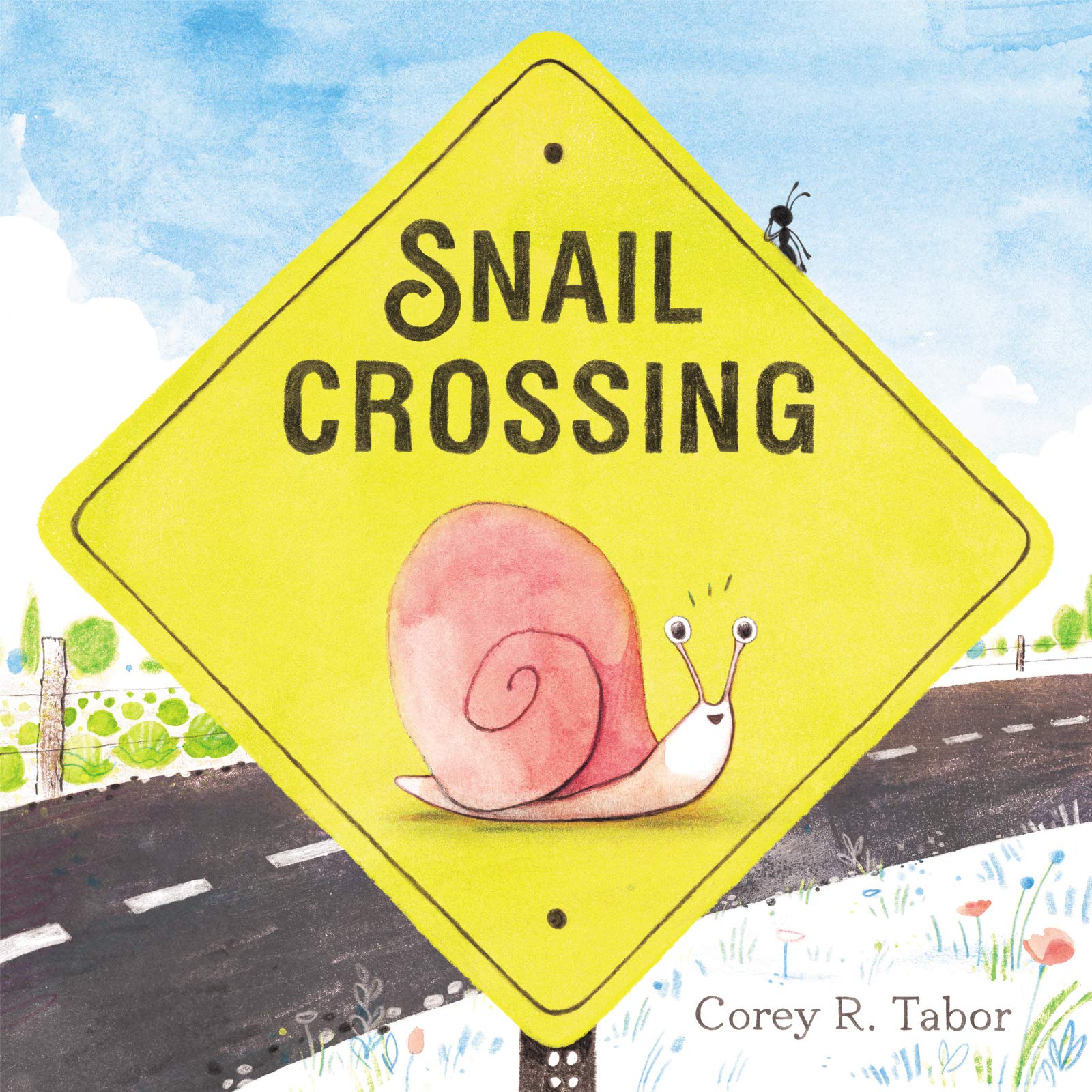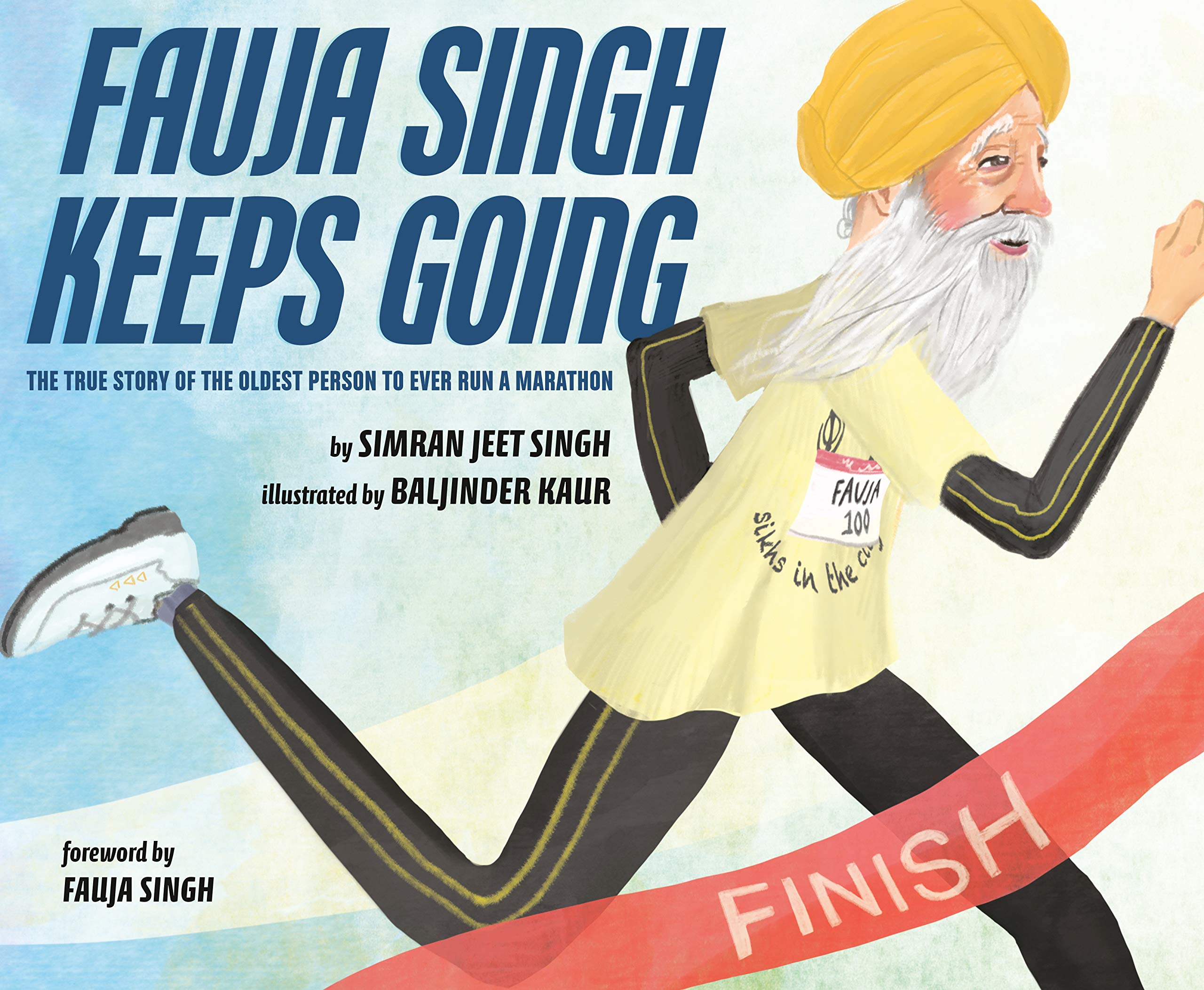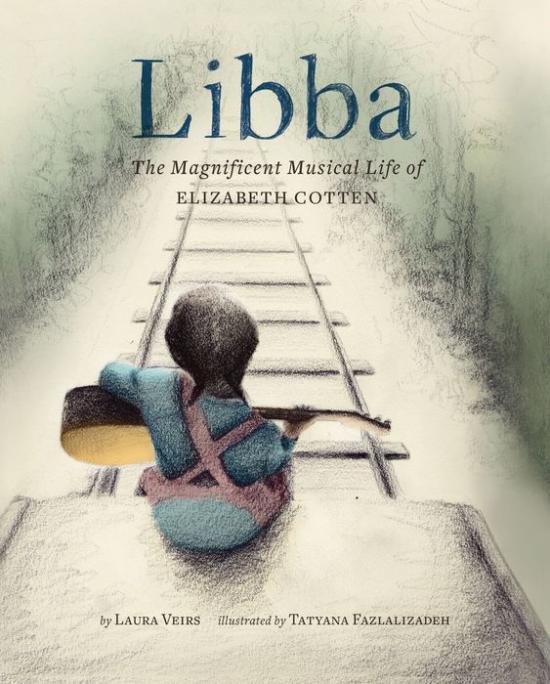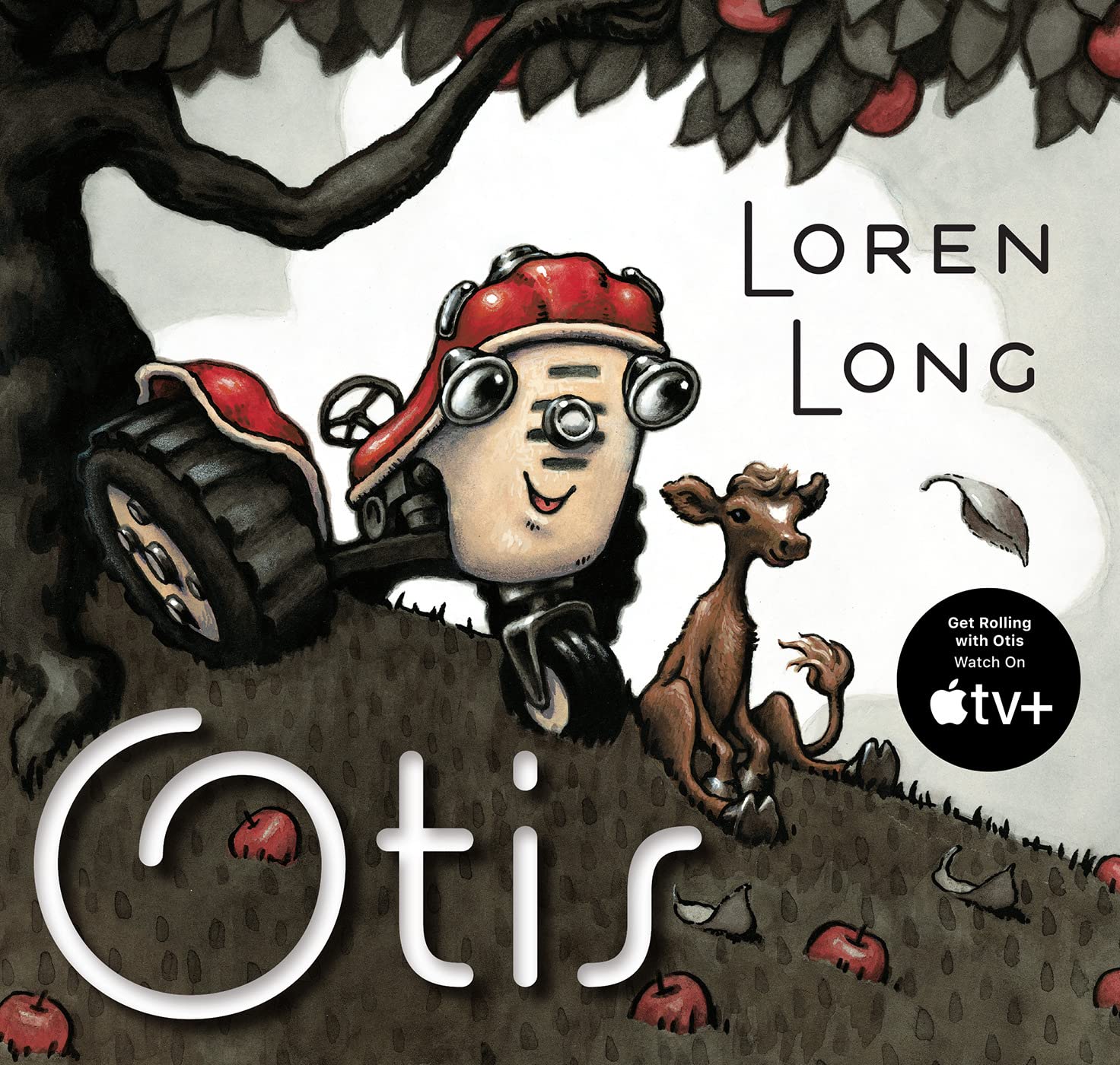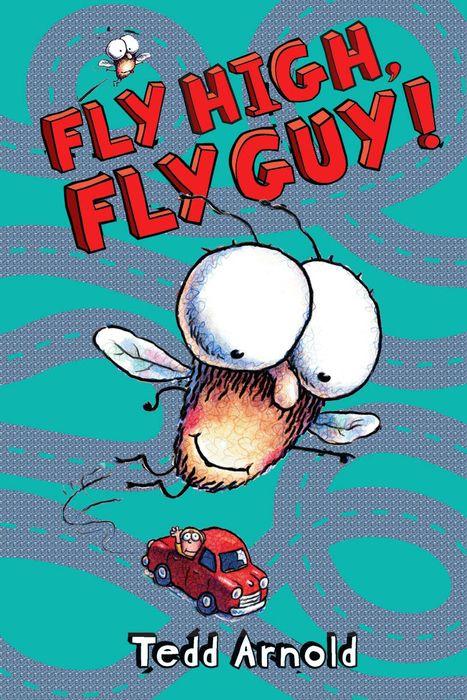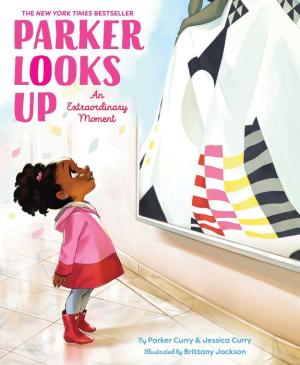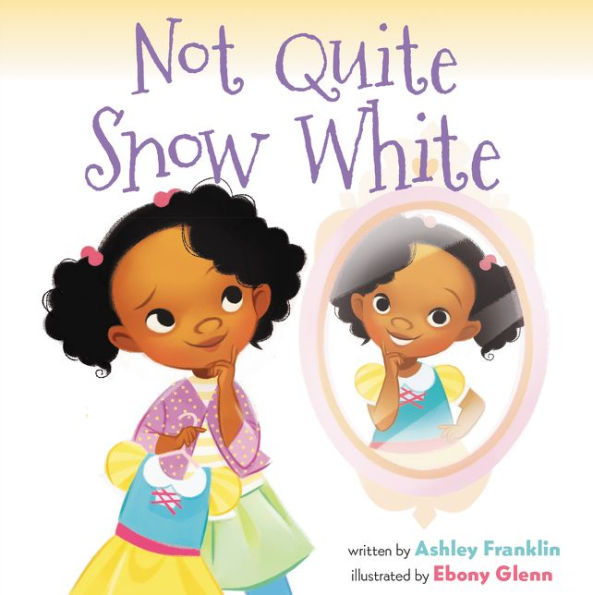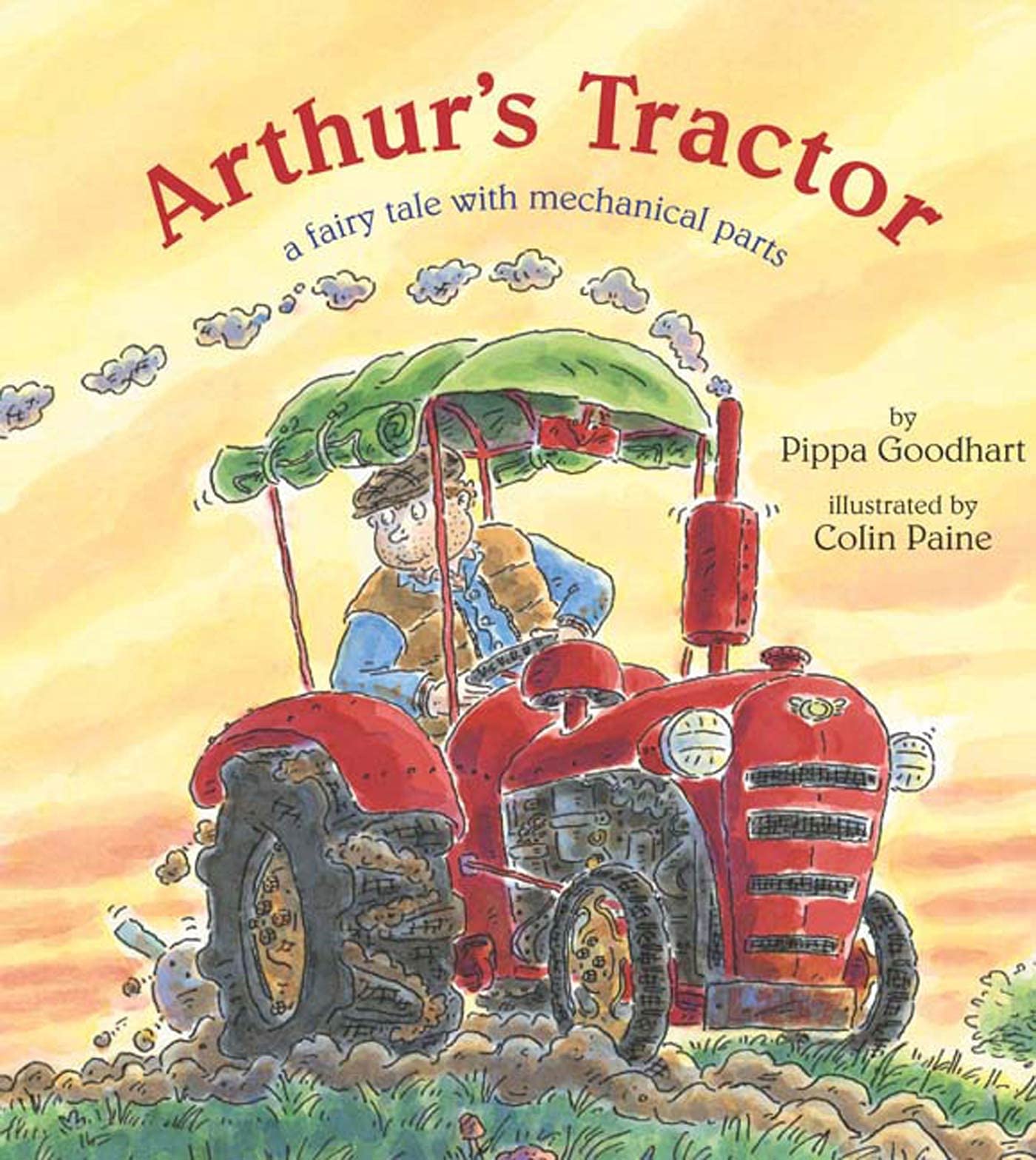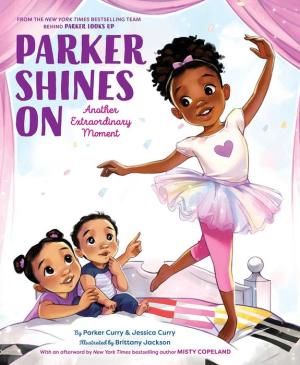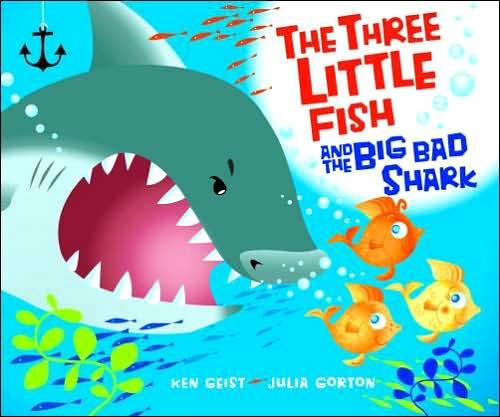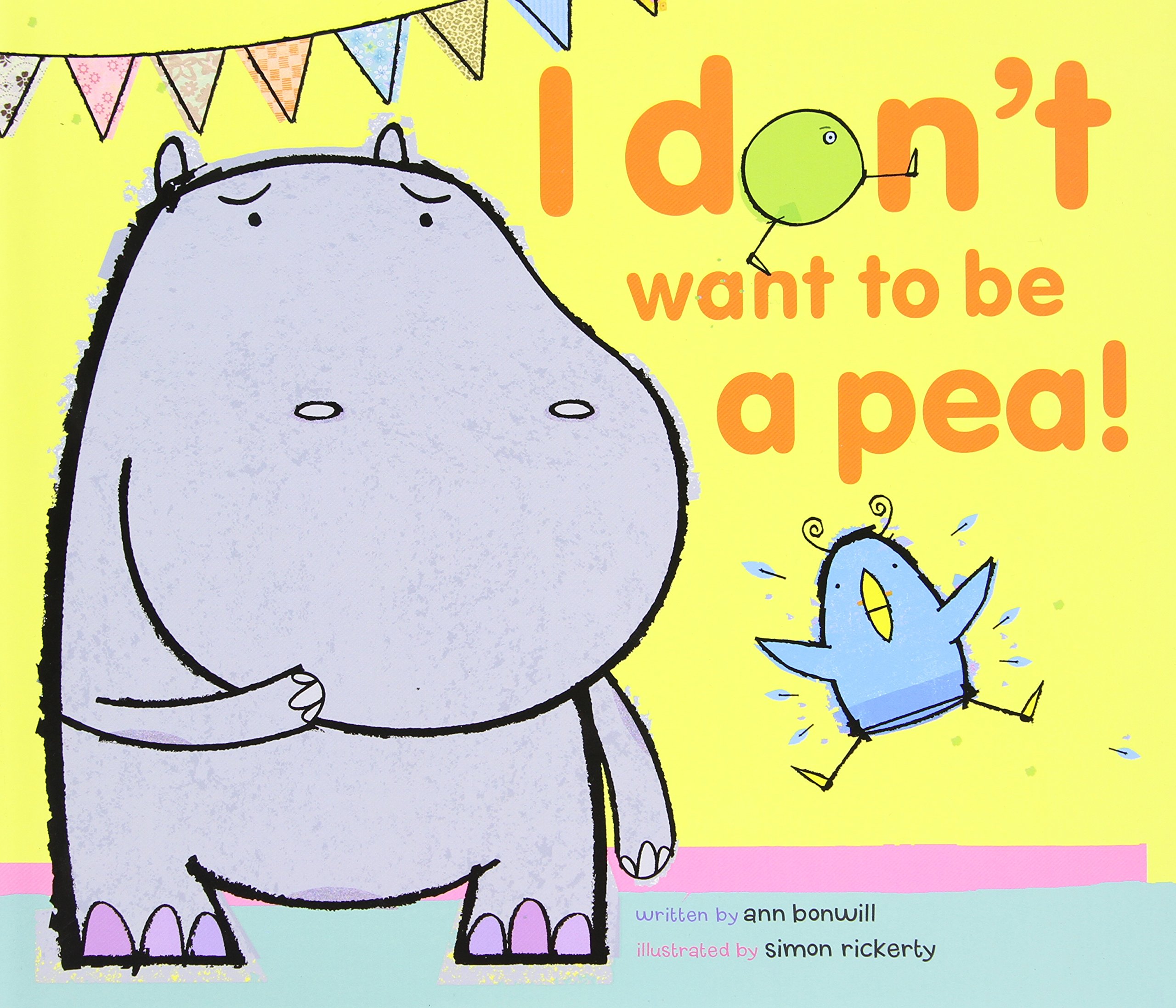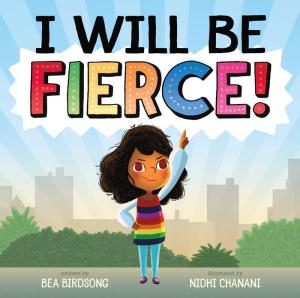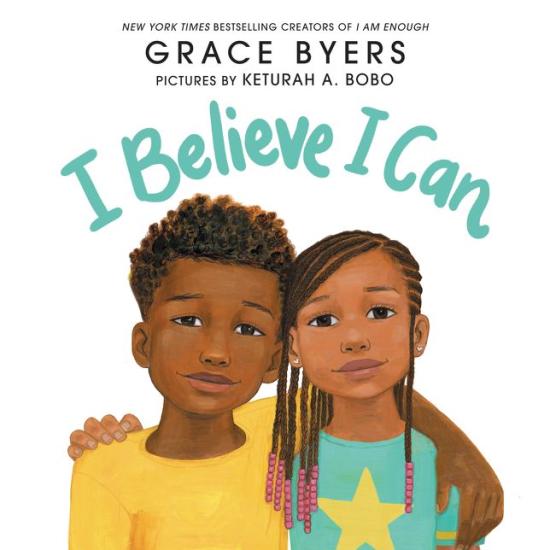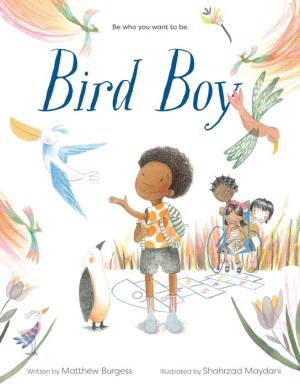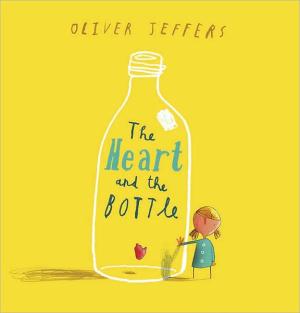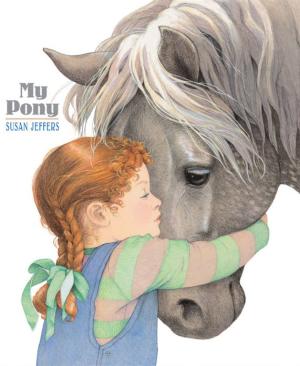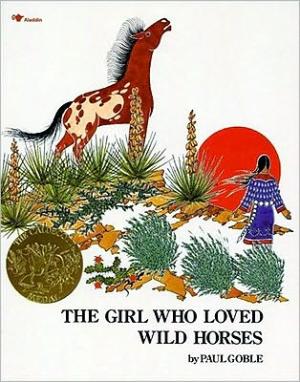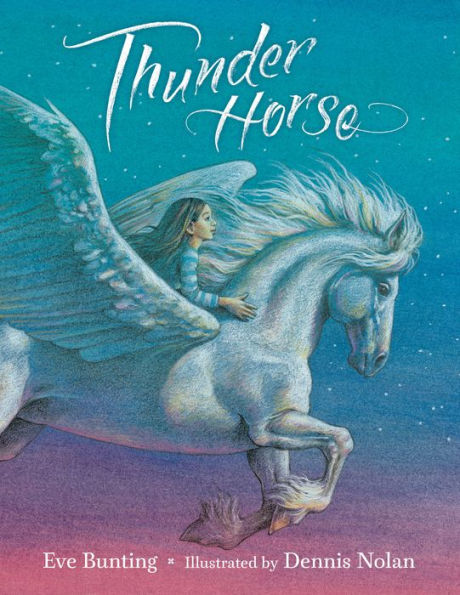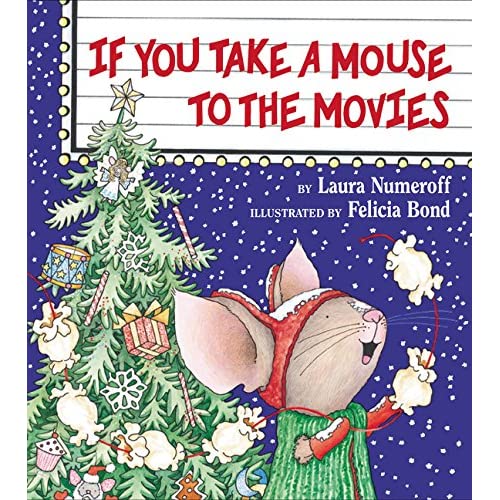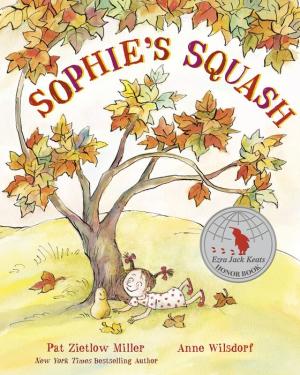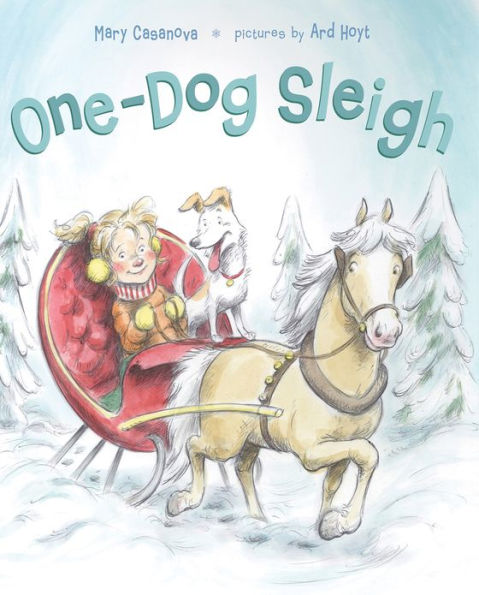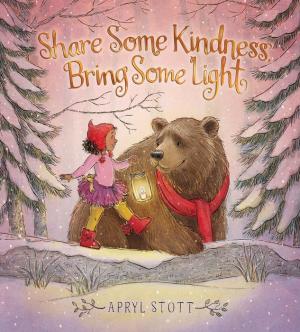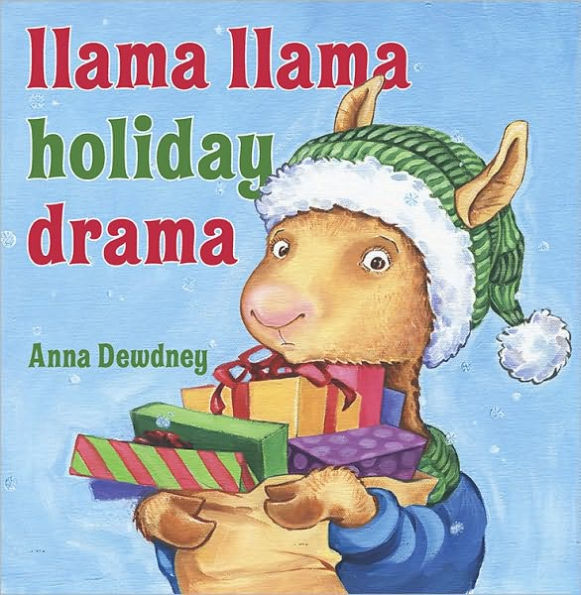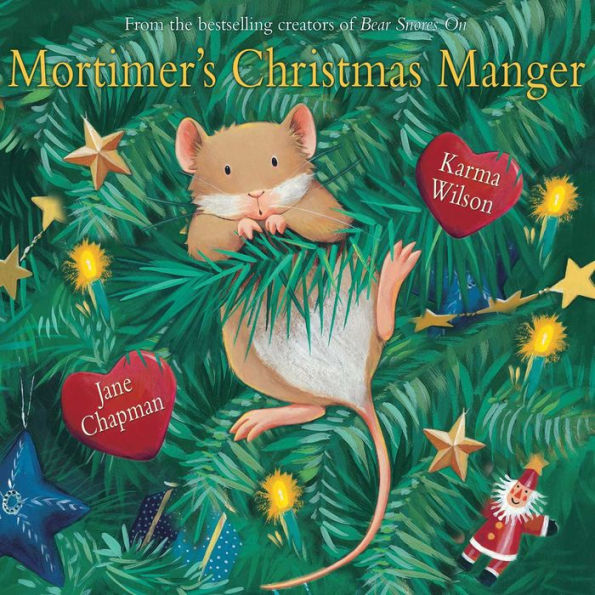Snail sees a plump, crisp cabbage across the road. Determined to reach the tasty snack, Snail starts sliding across the road. A group of ants are trying to cross the road too. But when the rain comes, the ants are fearful they will drown! So, Snail invites the ants into his house and serves them tea.
When the rain stops, Snail and the ants are excited to continue on their way. But with cars whizzing past and a hungry bird swooping by, is there any way Snail will reach the cabbage?
Snail Crossing is an adorably cute story about friendship. At first, the ants just want Snail to get out of their way. But once Snail saves them from the rain, the ants apologize for being rude. An ant says, “We’re sorry. Terribly sorry. Sometimes we get a bit antsy.” In the end, Snail gets the cabbage in a surprising way that reinforces the importance of helping each other.
Snail’s adventure is illustrated with large, colorful pictures that will help readers see the scale of the world compared to such a tiny creature. Snail’s trip across the road may seem daunting, but he never stops moving towards his goal. The snail’s pink shell is the focal point of each illustration, and readers will grin in delight when they glimpse the inside of Snail’s shell.
Even though Snail Crossing is a picture book, the story is intended to be read aloud to a child, rather than for the child to read it for the first time independently. Each page has 1 to 6 simple sentences that are easy to understand.
Snail Crossing is a humorous story that young readers will enjoy. The relationship between Snail and the ants is unexpected and wonderful. Whether you’re looking for a quick bedtime story or a silly adventure, Snail Crossing is sure to delight readers both young and old. If you’re looking for more fun stories that focus on a snail, add The Snail and the Whale by Julia Donaldson to your reading list.
Sexual Content
- None
Violence
- A hungry bird tries to eat Snail for lunch.
Drugs and Alcohol
- None
Language
- None
Supernatural
- None
Spiritual Content
- None
